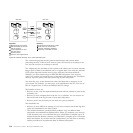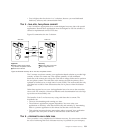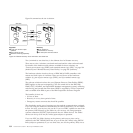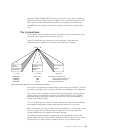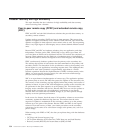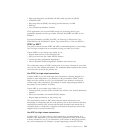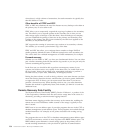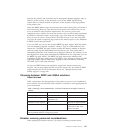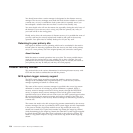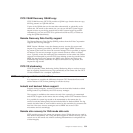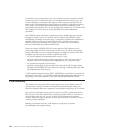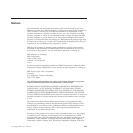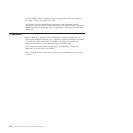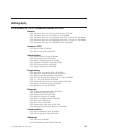
You should ensure that a senior manager is designated as the disaster recovery
manager. The recovery manager must make the final decision whether to switch to
a remote site, or to try to rebuild the local system (this is especially true if you
have adopted a solution that does not have a warm or hot standby site).
You must decide who will run the remote site, especially during the early hours of
the disaster. If your recovery site is a long way from the primary site, many of
your staff will be in the wrong place.
Finally, and to show the seriousness of disaster recovery, it is possible that some of
your key staff may be severely injured and unable to take part in the recovery
operation. Your plans need to identify backups for all your key staff.
Returning to your primary site
One aspect of disaster recovery planning which can be overlooked is the need to
include plans for returning operations from the recovery site back to the primary
site (or to a new primary site if the original primary site cannot be used again).
About this task
Build the return to normal operations into your plan. The worst possible time to
create a plan for moving back to your primary site is after a disaster. You will
probably be far too busy to spend time building a plan. As a result, the return to
your primary site may be delayed, and may not work properly.
Disaster recovery facilities
This section looks at the various alternatives for achieving disaster recovery with
CICS and also looks at utilities that can aid the process.
MVS system logger recovery support
The MVS system logger provides support that enables a recovery resource
manager to be associated with a log stream (that is, a local recovery resource
manager operating on behalf of a remote site).
The name of the recovery resource manager is specified when a new log stream
definition is created or an existing log stream definition is updated. When a
recovery resource manager connects to the log stream, through the IXGCONN
service, it requests that a resource manager-owned exit be given control when
specified events occur. When such an event occurs, the MVS system logger invokes
the exit specified by the resource manager and passes it details of the event. It is
then the responsibility of the recovery resource manager to transmit log records to
a remote site.
The remote site needs to be able to import log streams transmitted by the recovery
resource manager; this too is provided by MVS system logger services. Importation
is the process whereby log blocks resident in one log stream (the source log
stream) are created in (or copied into) another log stream (the target log stream)
while maintaining (in the target log stream) the same MVS system logger-assigned
log block id and GMT time stamp that is assigned to the source log stream. The
result of a log stream import is a copy of the source log stream in the target log
stream.
238 CICS TS for z/OS 4.1: Recovery and Restart Guide



